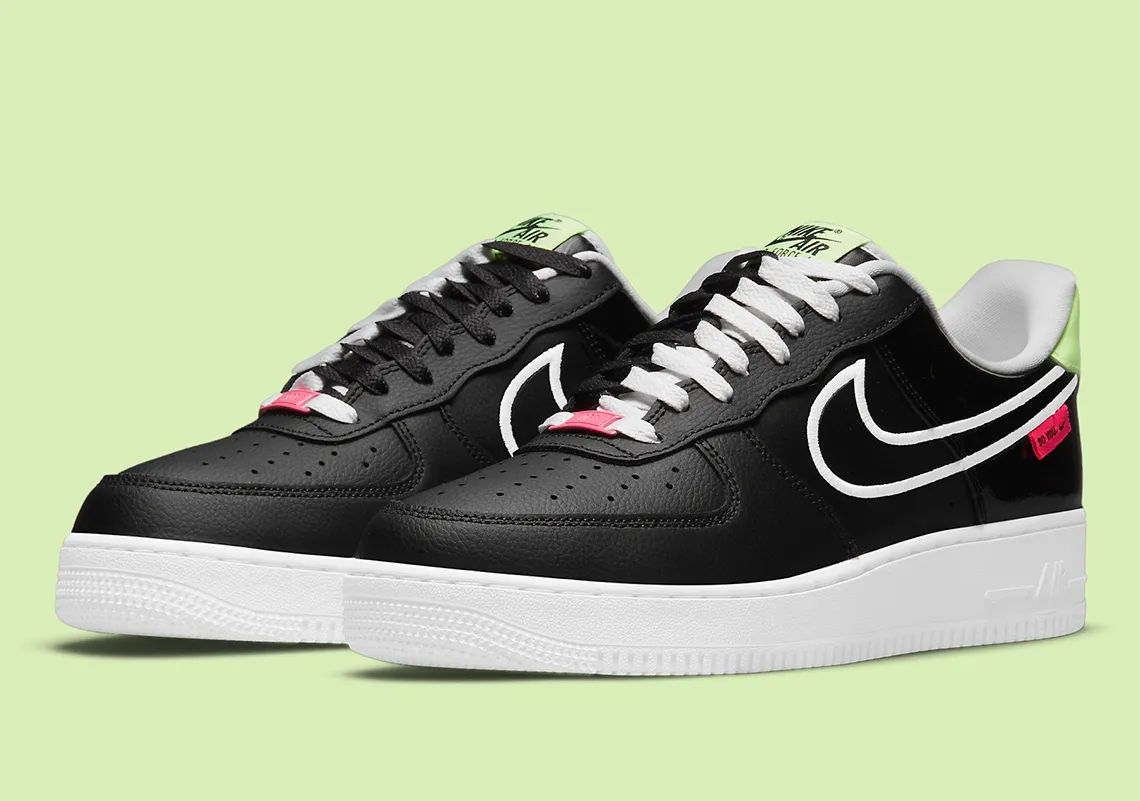Tareq Amin used to be a Huawei salesman in America. Now he has a vision for how the world can build superfast 5G networks without the Chinese company’s market-leading technology.
Mr Amin is a trailblazer of the nascent “OpenRAN” movement and is now on the verge of launching a national 5G network without the help of Huawei or its main European competitor Ericsson.
The ecommerce giant Rakuten hired Mr Amin in 2018 after hearing how he wanted to break the stranglehold of the three large equipment companies — Huawei, Ericsson and Nokia.
Since then, he has been working on Japan’s first new mobile radio access network (RAN) in a decade, and in April, with a core team of just 10 people, Rakuten flipped the switch on its new service, which it plans to upgrade to 5G speeds in October. Its progress is being tracked by dozens of operators and government officials around the world.
Rakuten’s launch is a key moment in proving whether open source-based network technology can work at scale and comes against a backdrop of global pressure to foster alternatives to Huawei’s telecoms technology.
Traditional mobile networks rely on equipment that tightly bundles together proprietary hardware, such as antennas and cabinets, with software provided by the three large vendors.
By contrast, Mr Amin is trying to unbundle this arrangement, using open-source software to operate Rakuten’s new network, which is the first full OpenRAN system in the world. “We are on the verge of the biggest revolution — not evolution — in the telecoms world,” he said.
Telecoms shake-up
The arrival of Rakuten’s system comes as telecoms operators reel from a fundamental shake-up of their 5G supply chain, with governments blacklisting or limiting the use of Huawei equipment.
To calm complaints from operators that their costs will spiral with only two major suppliers — Ericsson and Nokia — left in the market, the UK government pointed to the potential of OpenRAN and called on its allies to put it at the heart of their industrial strategy.
With his system, Mr Amin said he could bring a new radio mast online in just over eight minutes, compared with between five to 10 days for a traditional outfit. The cost of launching a 5G network, he said, was 45 per cent lower than using traditional equipment.
“We are just scratching the surface of what is possible,” he said of OpenRAN networks. “People are either super fanatical about what we’re doing or they are super worried. This is normal.”
Rakuten is not alone in pushing for a shake-up of the market. In 2018, NTT, Orange, China Mobile and AT&T formed the OpenRAN alliance to explore the idea, while Facebook is also looking into the technology via the Telecom Infra Project.
“The train has definitely left the station. It is about how quickly it moves,” said John Baker, senior vice-president at Mavenir, a US open-source software company. “Nokia and Ericsson claim to be the best at what they do but as soon as the competition comes down they run to the hills,” he said, adding that the two companies could lose their dominance in radio equipment in the same way that they had lost their hold of the mobile handset market.
Arnaud Vamparys, head of radio networks at Orange, said that the French network had not been satisfied with the “monolithic” approach of traditional vendors when working on problems such as providing rural or indoor coverage. Brendan O’Reilly, O2’s chief technology officer, said he had visited Rakuten in Tokyo and that OpenRAN would play a “vital role” in future networks. O2 is running trials in two locations in the UK.
The open-source future
If OpenRAN becomes popular, mobile networks could pick and choose different software and hardware from a range of vendors rather than being locked into proprietary technology for years.
Open systems would allow smaller software players including Mavenir, Parallel Wireless and Altiostar — in which Rakuten has invested — to compete. Meanwhile, suppliers such as NEC, Fujitsu and Samsung could regain a foothold in the global telecoms hardware market. In response, struggling Nokia has now embraced open-source software.
Radio access equipment represents as much as 70 per cent of an operator’s capital expenditure, so Rakuten’s initial success, with 1m customers signing up so far, has encouraged other new entrants, such as Dish in the US and 1&1 Drillisch in Germany.
But some analysts cautioned that OpenRAN remains small-scale and is in danger of becoming overhyped, particularly in the heat of the Huawei debate. An alliance called the OpenRAN Policy Coalition, made up of US and Japanese technology companies but excluding Chinese players also testing open-source systems, lobbied British MPs ahead of the government’s U-turn on the use of Huawei in 5G networks.
Progress has been halting, particularly in Europe, according to David Levi, the chief executive of Aim-listed Ethernity Networks. He said one operator had passed him to its suppliers to discuss using his technology to speed up data flows, but they had little interest in pursuing the idea.
It may take until 2022 to launch more commercial OpenRAN systems, with Mr O’Reilly noting that O2 cannot risk major service disruption in any switch, and Mr Vamparys adding that budgets for initial 5G spending have already been allocated to the incumbent suppliers.
Even Mr Amin admitted that the nascent open-source industry needed more investment in areas such as chip development to take on suppliers with decades of experience.
“There is a reason why there were 12 [telecoms equipment] vendors but now there are three. It is low-margin, difficult and there is very little risk capital,” said one telecoms executive.
The Link LonkJuly 27, 2020 at 10:01AM
https://ift.tt/2WVmer5
Telecoms networks look to fix Huawei problem with open source software - Financial Times
https://ift.tt/3eIwkCL
Huawei

No comments:
Post a Comment